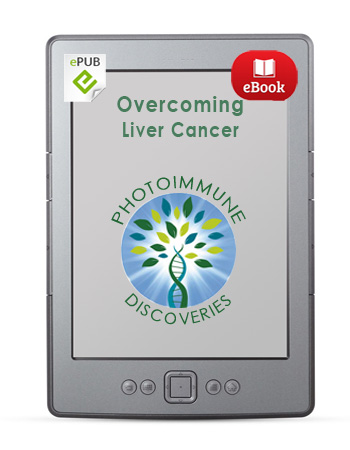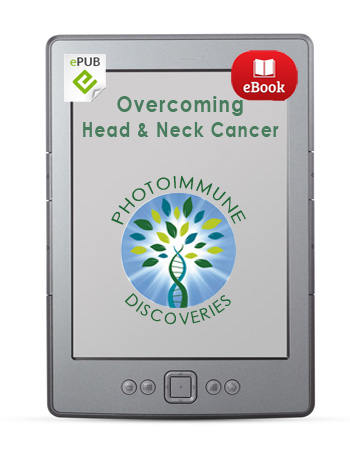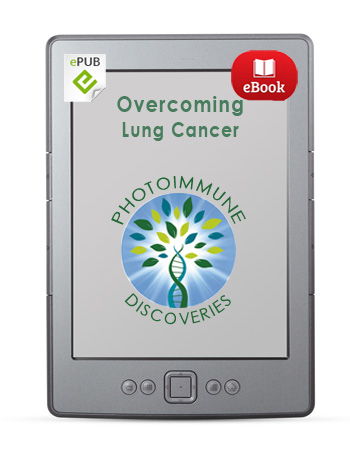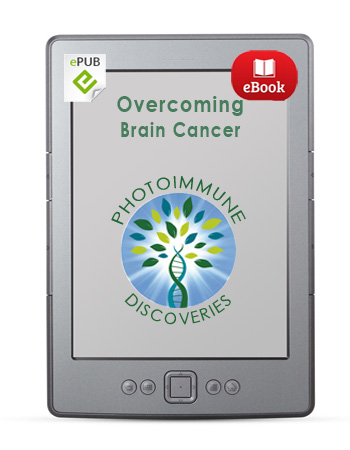Description
Overcoming Liver Cancer
The Promise of Photodynamic Therapy and Other Innovative Therapies
Liver cancer is not very common in Europe and North America, yet it is one of the most common and deadly cancers on Earth. Liver cancer is the fifth most common form of cancer and the third leading cause of cancer-related death worldwide. It is rarely detected early and, at the time of diagnosis, it has often already grown or spread into several parts of the liver. This makes the disease very difficult to treat with surgery alone, and it is usually fatal within a few months of diagnosis.
Overcoming Liver Cancer: The Promise of Photodynamic Therapy and Other Innovative Therapies highlights a new approach to the treatment of liver tumors, one rooted in the astounding cancer-fighting potential of Photomedicine (light-based medicine). Though the therapeutic applications of light date back many centuries, it is only within the past few decades that high-tech developments in laser technology as well as non-laser light have enabled the medical profession to realize the true healing potential of light.
Overcoming Liver Cancer is divided into four parts: (1) Understanding and Treating Liver Cancer; (2) The Photomedical Approach to Liver Cancer; (3) Promising Research Directions; and (4) Long-Term Control: Lifestyle Factors for Preventing Recurrences and Sustaining Remissions.
Part 1 provides an overview of liver cancer, with a strong discussion about the various risk factors that may incrase the chances of getting the disease. Around the world, the risk of developing liver cancer is up to seven times higher in men than in women, although the degree of difference varies a great deal internationally. It may be that men have higher rates of exposure to tobacco smoke, certain dietary factors, alcohol, hepatitis viruses, and other sources of liver carcinogens in the environment. Moreover, the male hormone testosterone could accelerate the proliferation of liver cells, hence liver cancer.
Signs and symptoms associated with liver cancer are also addressed in Part 1, followed by a description of diagnostic tests that could be helpful. The signs and symptoms may provide valuable clues about the possible existence of liver cancer, and a careful medical examination would then be the first step toward deciding what the next steps should be in terms of diagnostics. Specific diagnostic tests will be needed to determine whether any liver abnormalities or tumors truly exist. After a discussion of conventional treatment options for liver cancer, the reader is introduced to the exciting possibilities offered by photodynamic therapy, or PDT. In the past two decades, this approach has received much attention as a promising treatment for liver cancer.
Here’s an excerpt from Part 2 of the ebook:
“As noted in Part 1, most cases of primary liver cancer have already spread through the liver by the time of diagnosis, making it an exceptionally lethal cancer. If the liver tumor cannot be removed, the primary goal of treatment is usually to control the symptoms for as long as possible, using the approach known as palliative care. Although chemoradiotherapy and monoclonal antibody therapy are showing some promise, survival rates remain dismal for advanced liver cancer.
“The use of PDT for advanced liver cancer is still regarded as experimental. In cell culture studies, PDT treatment of liver cancer cells triggered apoptosis (programmed cell death) and reduced the viability of the cells.[1] Animal studies have shown that PDT can shrink liver tumors.[2] Finally, there is growing excitement about the possibility that PDT-generated vaccines may greatly boost the body’s anti-tumor immune response, and may have the potential to be used as an adjuvant therapy for liver cancer.
“These experimental studies are interesting and certainly point to some promising therapeutic directions for the future medicine of light. At this time, however, such research provides only preliminary evidence that PDT may be effective against liver cancer. As always, controlled clinical trials are needed before physicians can embrace the routine use of PDT as a treatment tool for liver cancer. Certainly, given its wide margin of safety, PDT could be used on an experimental, adjunctive basis—that is, in tandem with conventional treatments already in use.
“The first published clinical study of PDT for liver cancer was recently reported in the March 2013 issue of Photochemical & Photobiological Sciences, the official journal of the European Photochemistry Association and the European Society for Photobiology. The researchers were interested in testing whether PDT could improve the prognosis of patients with hepatocellular carcinoma causing obstructive jaundice (i.e., tumors blocking the bile ducts within the liver). The prognosis for these patients is dismal, because effective biliary drainage is difficult and often leads to complications.
“This study’s aim was to assess the safety and efficacy of PDT in 11 patients with inoperable liver cancer that had invaded the bile ducts. These patients were enrolled at the Samsung Medical Center, which is based at Sungkyunkwan University School of Medicine in Seoul, South Korea. PDT and biliary drainages were performed in all patients, and all 11 patients had a successful PDT experience.
“Jaundice improved in seven out of 10 patients who had shown evidence of jaundice before PDT. Hemobilia (bleeding into the biliary tree), which had developed in six cases, was effectively controlled by PDT, and there were no complications from the treatment. The average survival for this pilot study group was 140.5 days. The researchers concluded that “PDT controlled hemobilia associated with bile duct invasion of liver cancer and could be an effective treatment option in such patients.”
“Recent innovations in PDT for liver cancer include the use of nanotechnology to further improve delivery of the photosensitizer to the target tissues in the liver. Scientists at the National Research Center in Cairo, Egypt encapsulated the photosensitizer in a biocompatible matrix consisting of polymeric nanoparticles. This resulted in the preferential killing of liver cancer cells (hepatocellular carcinoma cells, HepG2) as reported in the May 2013 issue of Photodiagnosis and Photodynamic Therapy.”
Part 3 of Overcoming Liver Cancer explores future research directions for combining PDT with immunotherapy, hyperbaric oxygen therapy, hyperthermia and other innovative therapies, while Part 4 lays out the long-term control strategies that may help keep liver cancer from developing and progressing into a life-threatening disease.
Lastly, photodynamic diagnosis (photodiagnosis) may play a central role in the future detection and control of liver cancer. By detecting small liver tumors, photodiagnosis provides vital information for anyone hoping to avoid the eventual development of a more aggressive cancer. This information can be used to help alert you, the patient, to the need to be more aggressively proactive in your efforts to ward off cancer, perhaps using a combination of nutritional, herbal, and innovative medical strategies. The ebook’s appendix includes a special discussion about two light-sensitizing substances, a dietary supplement called Bremachlorophyll, and a unique medicine called Bremachlorin. Because of its diverse effects against cancer, Bremachlorin-PDT is likely to revolutionize the way Photomedicine is incorporated into modern cancer treatment.
[1] Yow CM, Wong CK, Huang Z, Ho RJ. Study of the efficacy and mechanism of ALA-mediated photodynamic therapy on human hepatocellular carcinoma cell. Liver Int. 2007;27(2):201-8; see also: Seitz G, Krause R, Fuchs J, Heitmann H, Armeanu S, Ruck P, Warmann. In vitro photodynamic therapy in pediatric epithelial liver tumors promoted by hypericin. Oncol Rep. 2008 Nov;20(5):1277-82
[2] Park KC, Kim SY, Kim DS. Experimental photodynamic therapy for liver cancer cell-implanted nude mice by an indole-3-acetic acid and intense pulsed light combination. Biol Pharm Bull. 2009;32(9):1609-13






 English
English Français
Français Deutsch
Deutsch Nederlands
Nederlands